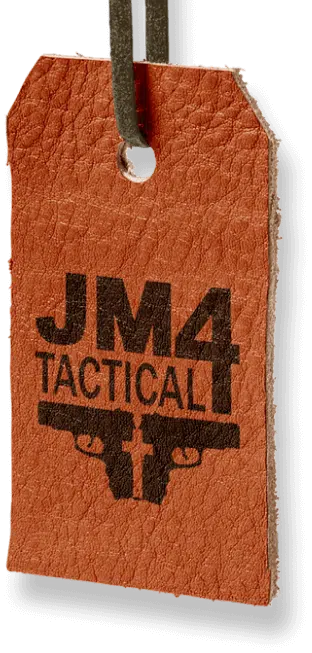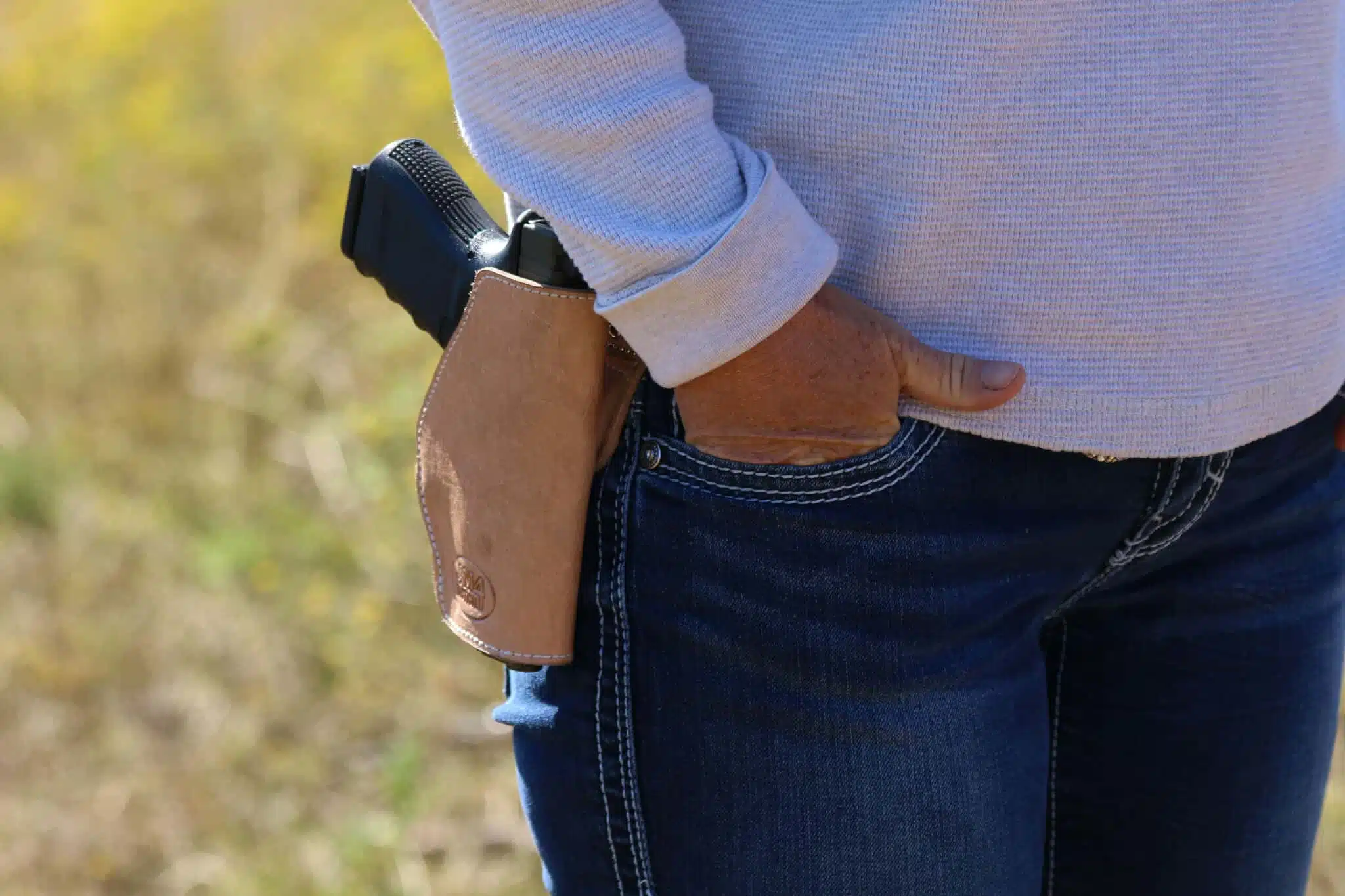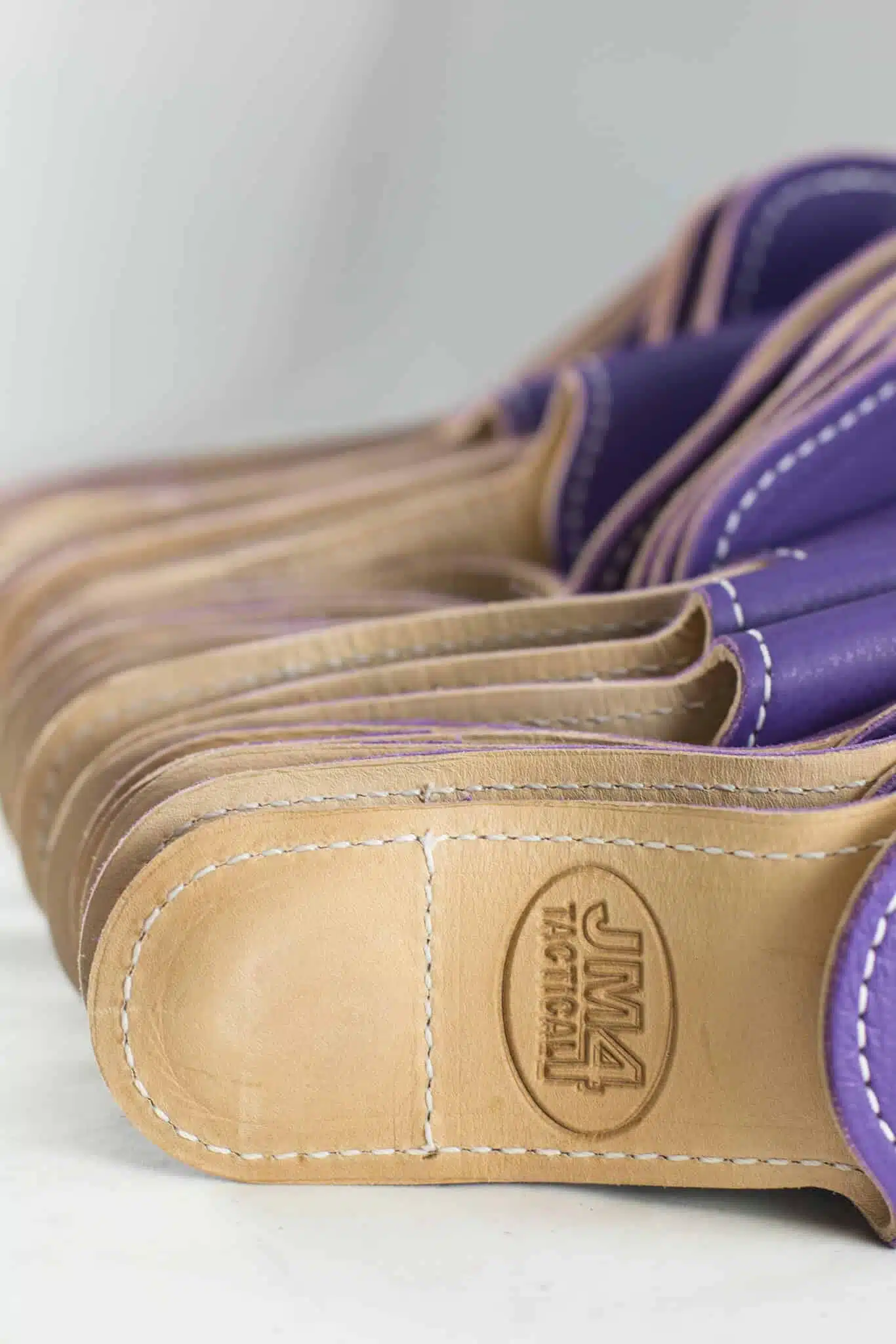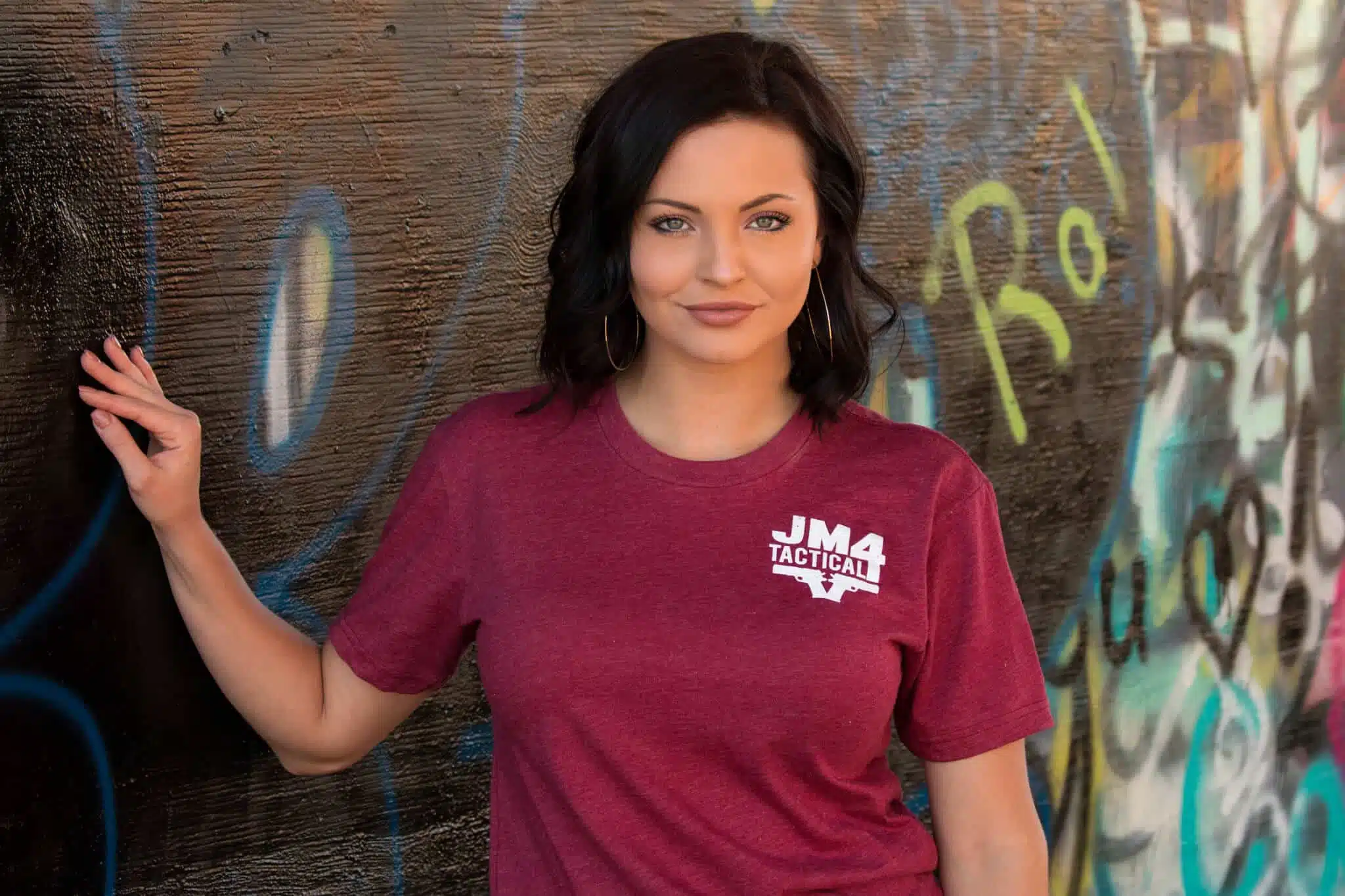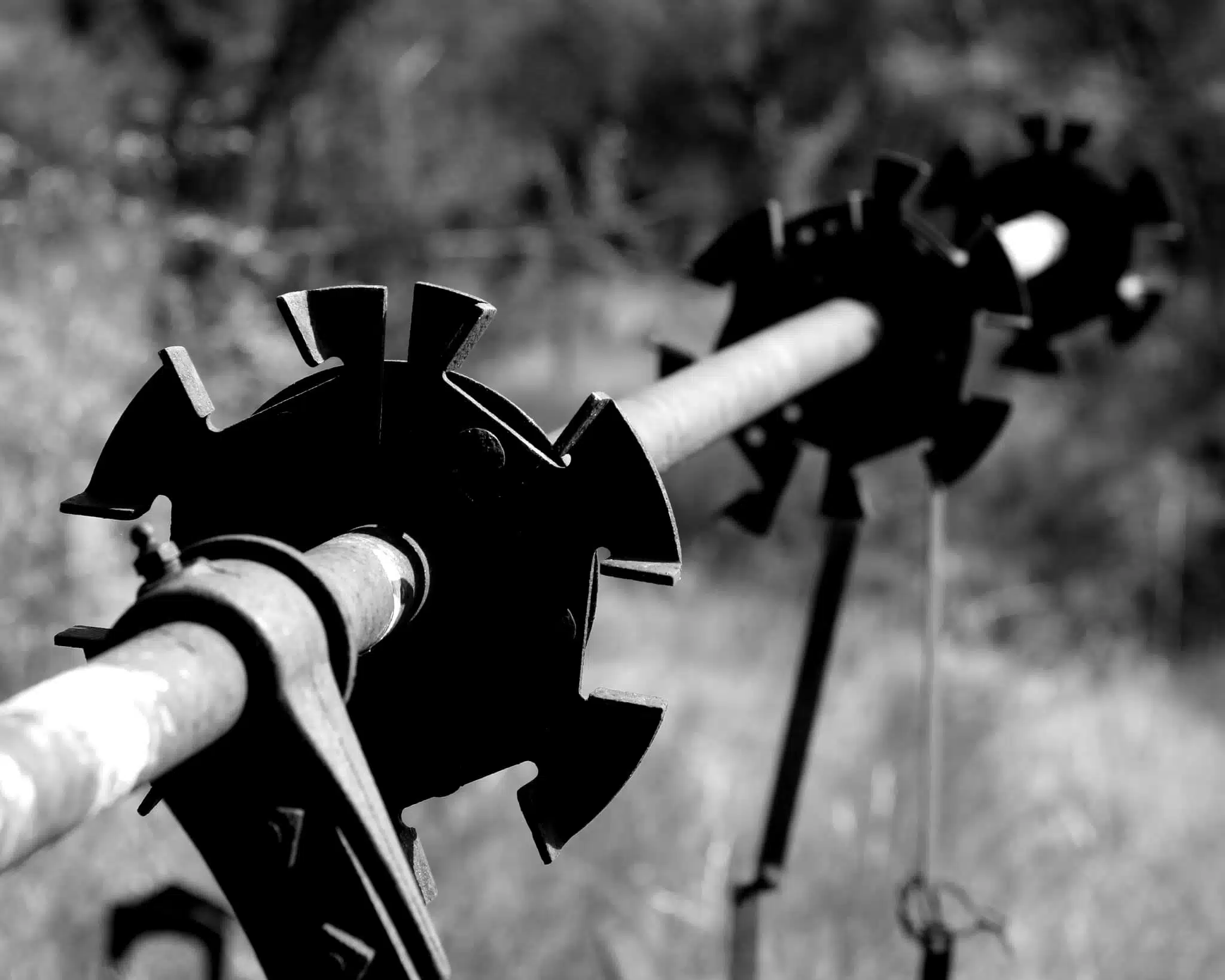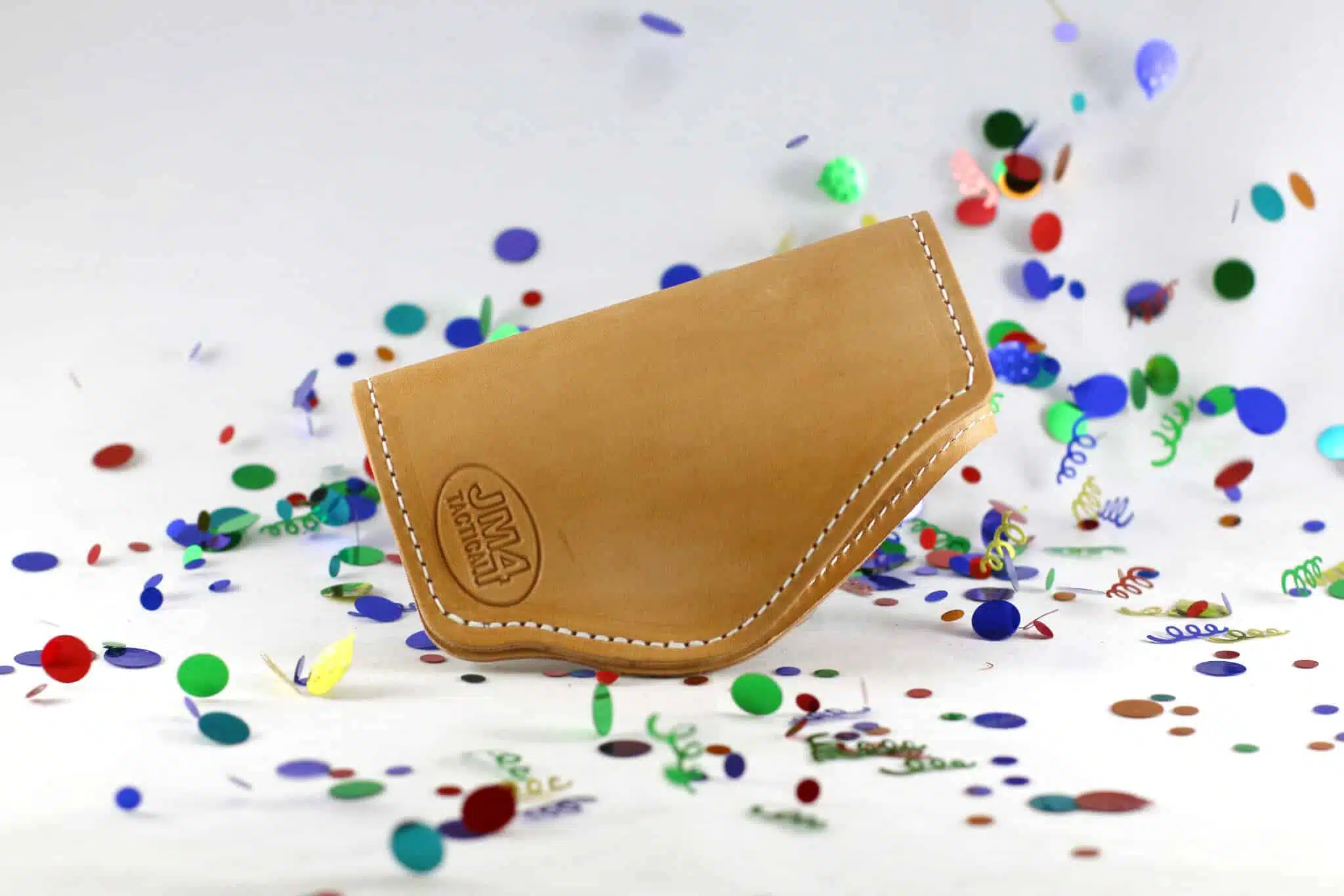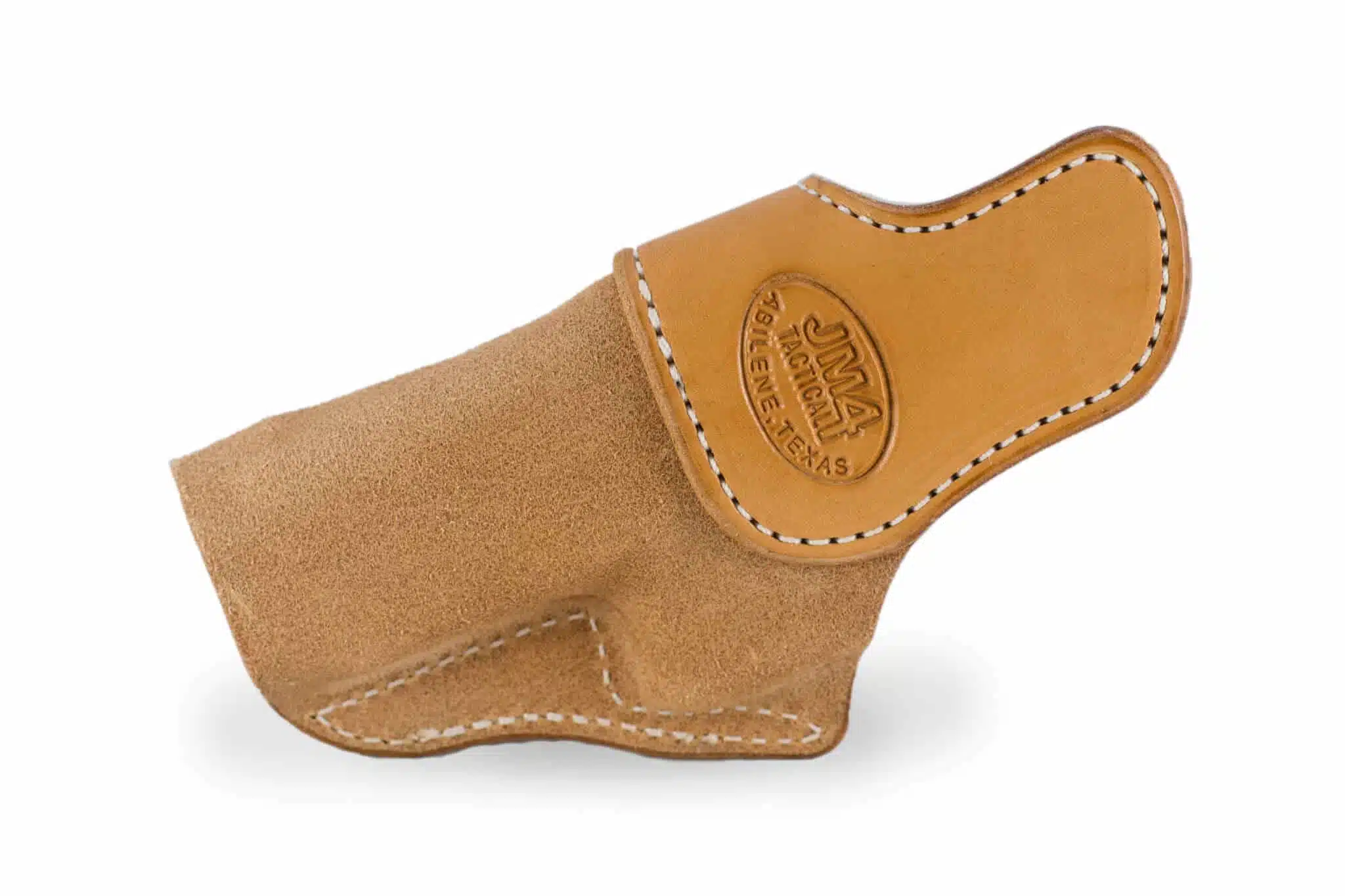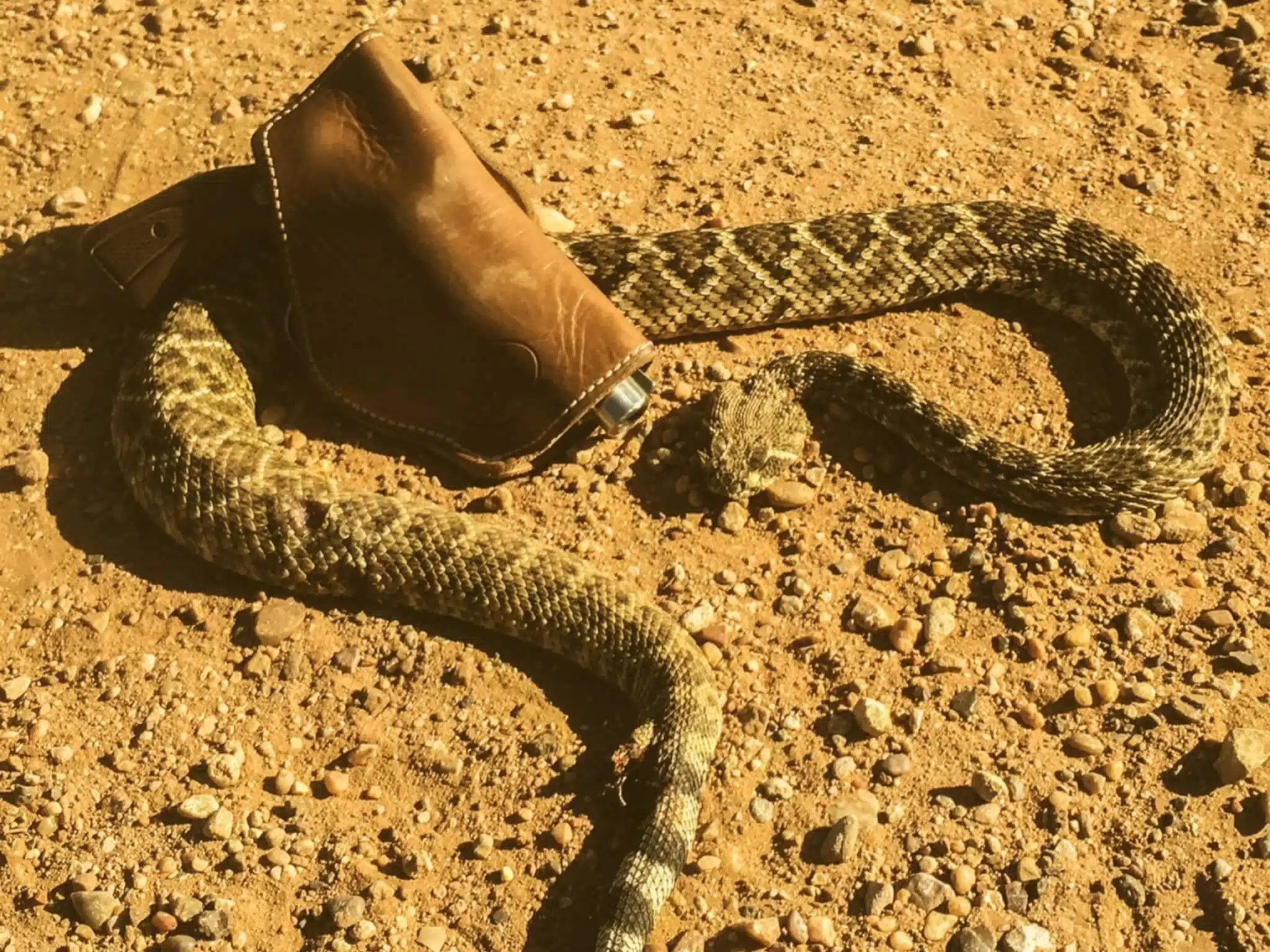Pros And Cons Of The Concealed Carry Revolver
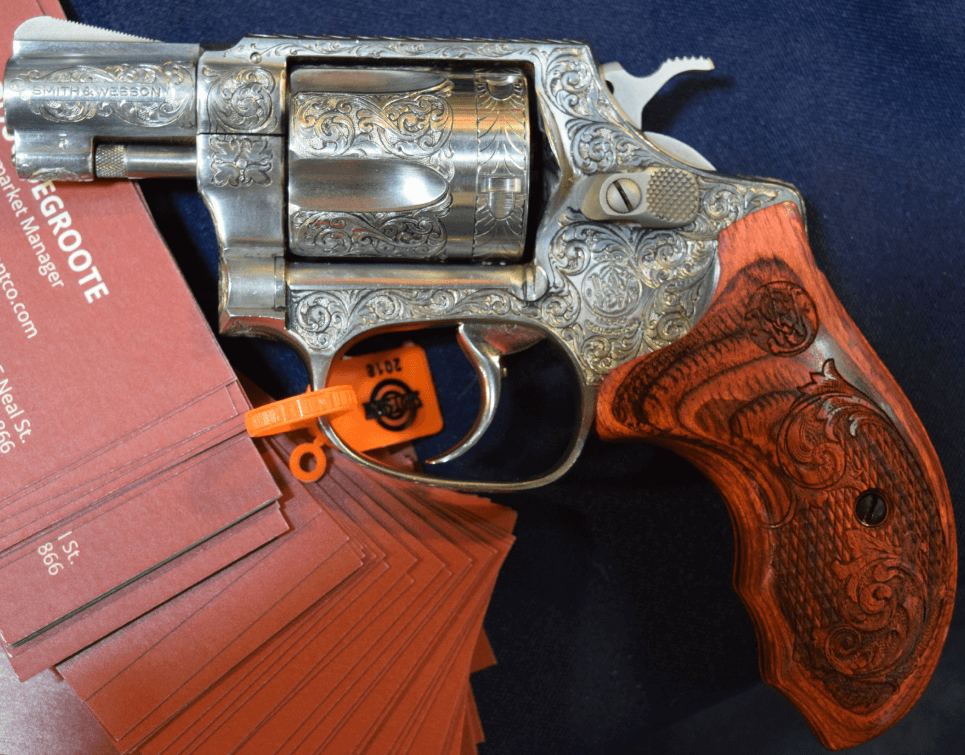
The simplistic design of the revolver is something that is loved by many gun owners, both those who conceal or open carry a gun on their body, and history lovers alike. Perhaps you’re debating on what type of gun you’re looking to carry for self-protection and have looked at a revolver in the past but didn’t know if it was a good option or not.
If you aren’t sure which direction to go, it’s our goal to help you figure that out as we you show the pros and cons of a revolver for concealed carry.
Revolver Pros —
There are several positives associated with carrying a revolver for self-defense. Let’s take a more in-depth look.
Revolvers are Reliable:
While this type of gun has been known to malfunction from time to time, for the most part, they’re more reliable than any type of semi-automatic handgun out there. The main reason why they’re so reliable is because it’s such a simple design.
Of all the characteristics of a concealed carry gun, like capacity, size, and reliability, the gun’s ability to function properly is the absolute most important characteristic you can have. Nothing else matters if your gun is broken.
Revolvers are Inherently Safe:
A revolver in double action form is inherently safe from most types of negligence. A double-action revolver is where the hammer is in the down position, and as the trigger is pressed to the back, the hammer follows suit by traveling rearward. Once the trigger reaches the point in which it “breaks” the hammer drops, hitting the primer, and firing the shot.
Because the hammer starts in the down position, it cannot fire while there. It should be stated here that carrying with the hammer cocked, or with the hammer locked back, is generally not a good idea because the chances for negligence are increased.
Revolver Concealability:
Most of the revolvers designed for concealed carry, like the S&W J-Frames, Charter Arms, the Kimber K6, etc., are all very easily concealed on the human body in a good leather gun holster.
And, because these guns are small and lightweight, they’re comfortable to carry.
And as they get bigger and the capacity goes up, they’re harder to conceal, but still manageable for some people.
Revolver Caliber:
Revolvers these days can be found in just about any caliber of ammunition. Of course, you’ve got your .38, .357, 41, 44, and bigger. But, you’ve also got the traditional semi-auto rounds like 9mm, .40, and 45 in guns like the Charter Arms Pitbull.
No matter what you’re looking for, chances are good it’s available from a manufacturer.
Revolver Ease of Use:
One main reason people opt for a revolver for concealed carry is the ease of use. A double-action revolver doesn’t have a slide you need to pull back. If you can open the cylinder, load rounds, and squeeze the trigger in an accurate fashion, you’re all set.
Cons of the Revolver —
If there are positives, there are also negatives. Here is a list of the negatives associated with carrying a revolver for self-defense.
Limited Have Limited Capacity:
The main negative to concealing a revolver for self-defense is its limited capacity for defensive scenarios.
While it’s possible to carry extra ammo and become proficient with reloading, the cylinder still only holds between 5-8 rounds of ammunition. If you ever need to engage in multiple targets, you may have some issues defending yourself.
Revolvers Tend to Have a Long, Heavy Trigger Pull:
The long, heavy trigger pull on a double-action revolver serves to make the gun safer. You have to deliberately pull the trigger in order to fire your shots.
This is also a negative for people who have hand strength that’s below average. It can be hard for some people with weaker finger strength to put accurate shots on a target with a double-action gun.
Before you buy, make sure you can be accurate with it.
When a Revolver Does Malfunction, It’s Broken:
One of the main benefits to carrying a revolver is its reliability as we saw above. However, this is also a downfall because when they break, it’s usually so bad that a gunsmith needs to get involved to fix it.
An example of a bad malfunction is when the cylinder locks up and will not rotate. I do want to say that it doesn’t happen often, though.
Short Sight Radius on Revolvers:
Without giving a lesson on sight radius, suffice it to say that people are generally more accurate when the front and rear sights are further from each other than when they’re closer.
A snub-nosed revolver has a very short sight radius, making some people less accurate with them. Practicing with your gun is key to shooting proficiently, no matter what you’re shooting.
Conclusion:
There you have it, the pros and cons of a revolver for concealed carry. A revolver isn’t for everybody, but no matter what you choose to carry for self-defense, make sure it’s in a JM4 Tactical holster.
